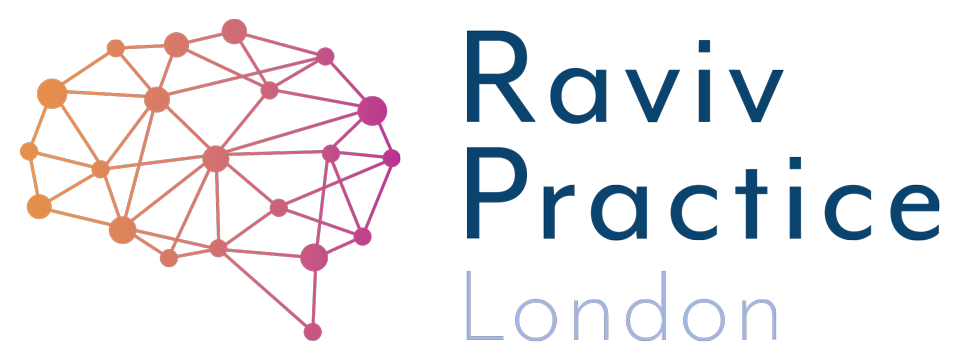My Bal-A-Vis-X story, and how it could help you!
My Bal-A-Vis-X story, and how it could help you!
Picture me on a scorching hot day on Ramla Beach, Gozo, Malta back in August of 2011.
I was relaxing under a parasol, losing myself in a new book on visual perception when a call came through. Normally, family holidays mean strictly no phones, but all those who would and could have told me off were dodging sharks in the sea and having a jolly good time. So I answered.
On the other end of the phone was a man called Dr Dixon Chibanda who was calling from Zimbabwe. I have to admit, my first thought was about how much a call would cost from Zimbabwe to Malta, and whether or not this was going on my bill! I also felt guilty about breaking our holiday rule, and kept a keen eye on the seafront for family members needing towels and drinks from my carefully guarded chiller box.
Guilt soon evaporated as I started talking to the softly spoken Dr Chibanda. He was the first caller I had about my latest adventure into a then unknown ball bouncing program called Bal-A-Vis-X. In fact, I could not talk about it enough! In no time at all, my worries about thousand-pound phone bills left my mind, and I launched into 100 reasons why he should come to the first training session – one which was going to be led by none other than Bill Hubert, the founder of Bal-A-Vis-X himself. It was to be Bill's first time in Europe providing his training, and the date was set for 11th November 2011. Even the numbers excited me: 11.11.11. I thought it was super cool! I was also super nervous because, with just four months to go, I was yet to have any one sign up.
Why all the excitement?
Dr Chibanda is a psychiatrist who is well-known for working with patients with ADHD, AIDs, depression, schizophrenia, and all sorts of other serious problems. He told me he was curious about Bal-A-Vis-X and I was more than happy to share my thoughts on the program.
“I had a hunch about the connection between brain activity when bouncing a ball, and wondered if Bal-A-Vis-X helped the brain move into its beta brain wave state. ”
During a training session I had attended the year before, Bill Hubert talked about eye tracking and auditory precision. I had a hunch about the connection between brain activity when bouncing a ball, and wondered if Bal-A-Vis-X helped the brain move into its beta brain wave state. The prospect was exciting enough for me to want to invite Bill all the way from Kansas to England and help me discover if this was true.
As I rambled on to Dr Chibanda, I told him my theory that Bal-A-Vis-X could be a great way to move the brain into an a state of higher activity, and so help people with depression and other conditions be more rational, as well as help those struggling to learn to do so with more ease. I had zero evidence so far, only my own experiences from therapy work up to that point.
What is the Beta Brain wave activity and why is it so important?
Brainwaves are electrical impulses in the brain - the communication between masses of neurons connecting produces electrical pulses. This brain activity creates thoughts, emotions and behaviour. The brain waves patterns are grouped depending on their frequency:
Delta waves (.5 to 3 Hz)
Delta brainwaves are slow and occur when we are in the deepest part of sleep.
Theta waves (3 to 8 Hz)
Theta brainwaves are also associated with sleep, but are slightly more active and can also be experienced during meditation. This state allows us to process what we learn as we rest.
Alpha waves (8 to 12 Hz)
Alpha brainwaves are associated with day dreaming and used during the hours we are awake.
Beta waves (12 to 38 Hz)
Beta brainwaves dominate our normal waking state of consciousness when attention is directed towards cognitive tasks and the outside world. Beta is a 'fast' activity, present when we are alert, attentive, engaged in problem solving, judgment, decision making, or other focused mental activity.
Back to November, 2011 - The first training session in Europe was an astounding success. Dr Chibanda was a pleasure to meet in person, and we spoke more about the exercises and which ones could accelerate the beta brain wave state.
A fascinating study
“The results were clear, and a sure sign that the programme did indeed have the potential to change the way the brain processed neural activity.”
Four years after our first meeting, Dr Chibanda conducted a qualitative study on Bal-A-Vis-X. First creating a baseline of brain activity in subjects using an Electroencephalogram (EEG), he then observed the results following a six-week programme of Bal-A-Vis-X in his clinic. The results were clear, and a sure sign that the programme did indeed have the potential to change the way the brain processed neural activity. Dr Chibanda had shown that after six weeks of using Bal-A-Vis-X, we can be more focused and more able to concentrate with ease.
Here is a link to Dr Chibanda's study.
“The Puppet Arm bounce”
While all the exercises help positive neural activity, Dr Chibanda's research shows that The Puppet Arm bounce exercise works especially well.
The Puppet Arm bounce is an exercise where you alternate the movements between your left and right arms. The arms move like scissors: as one comes up, the other comes down. With each downward movement, the ball is bounced and caught and, with each upward movement, the arm returns to the neutral position to achieve the pause common to all exercises. Altogether, it creates a slow, steady rhythmic pace.
When children start this exercise, their arms move at differing speeds. It can take some getting used to! The dominant arm is able to move with the rhythmic flow, but the non-dominant arm struggles to keep to the same pace, always trailing behind by a second or so. It takes two weeks maximum for a child to correct this error. Their ears, arms, eyes and brain all work to compensate and, in no time, their movements develop a flow and symmetry. A beautiful thing to see and hear!
Thanks to the connection this kind of movement has with how the brain works, children can build confidence in their abilities, and also experience better focus and concentration in other areas of their lives.
Where’s Dr Chibanda these days?
He has continued to do amazing things for people across Zimbabwe and beyond. Here is his Tedx talk. I smile every time I see it.
If you want to be more alert and focused, why not come and join me on my next Bal-A-Vis-X training?
Dyslexia? Dyspraxia? ADHD? ASD? Speech & Language? Developmental Delay? Anxiety?
Is every school day a struggle? As a parent, you may feel exhausted and on this journey alone. Each year you see the gap getting wider. You need to do something - change the approach, help your child learn for themselves, find a way to turn this around - to help while you can - do this NOW. the first step is free.
About the Author
Usha Patel is a Neurocognitive Therapist and Director at Raviv Practice London. Parents searching to help their suspected/neurodiverse child can get evidence-based solutions with results in as little as 8 weeks. Those in search of jargon-free help can get started straight away.



